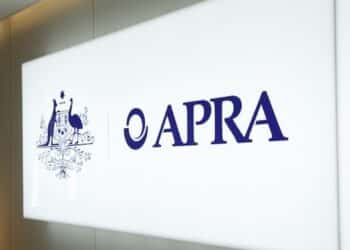Speaking at an update to the organisation’s world economic outlook, International Monetary Fund economic counsellor Maurice Obstfeld said growth in 2017 and 2018 projected to reach rates of 3.4 per cent and 3.6 per cent respectively.
This is an improvement on 2016’s rate of 3.1 per cent, Mr Obstfeld said, adding that much of this growth is expected to come from “improvements in some large emerging market and low income economies that in 2016 were exceptionally stressed”.
Global growth in 2016 was the weakest seen since the 2008-09 financial year, Mr Obstfeld said, “owing to a challenging first half marked initially by turmoil in world financial markets”, but began to improve around the middle of the year, with the strengthening in commodity prices alleviating the downward pressure many countries felt on their headline inflation rate.
Mr Obstfeld cautioned, however, that global markets still faced several vulnerabilities, including antipathy towards trade, immigration and multilateral engagement in the US and Europe, high public and private debt levels, slow growth, deflationary pressures, and ongoing climate change.
“In Europe, Britain’s terms of exit from the European Union remain unsettled and the upcoming national electoral calendar is crowded, with possibilities of adverse economic repercussions, in the short and longer terms,” he said.
Mr Obstfeld said a three-pronged policy approach that utilises fiscal, structural and monetary policies, and which was tailored to suit “country circumstances”, was the best approach for managing risk and growth.
Read more:
Investors must focus on ECB asset purchasing
Moody’s pays $1.1bn GFC settlement
Record year for exchange traded products
US dollar rally set to continue
Executive departs BT Investment Management







